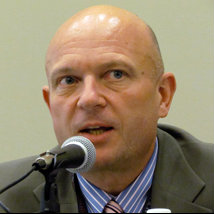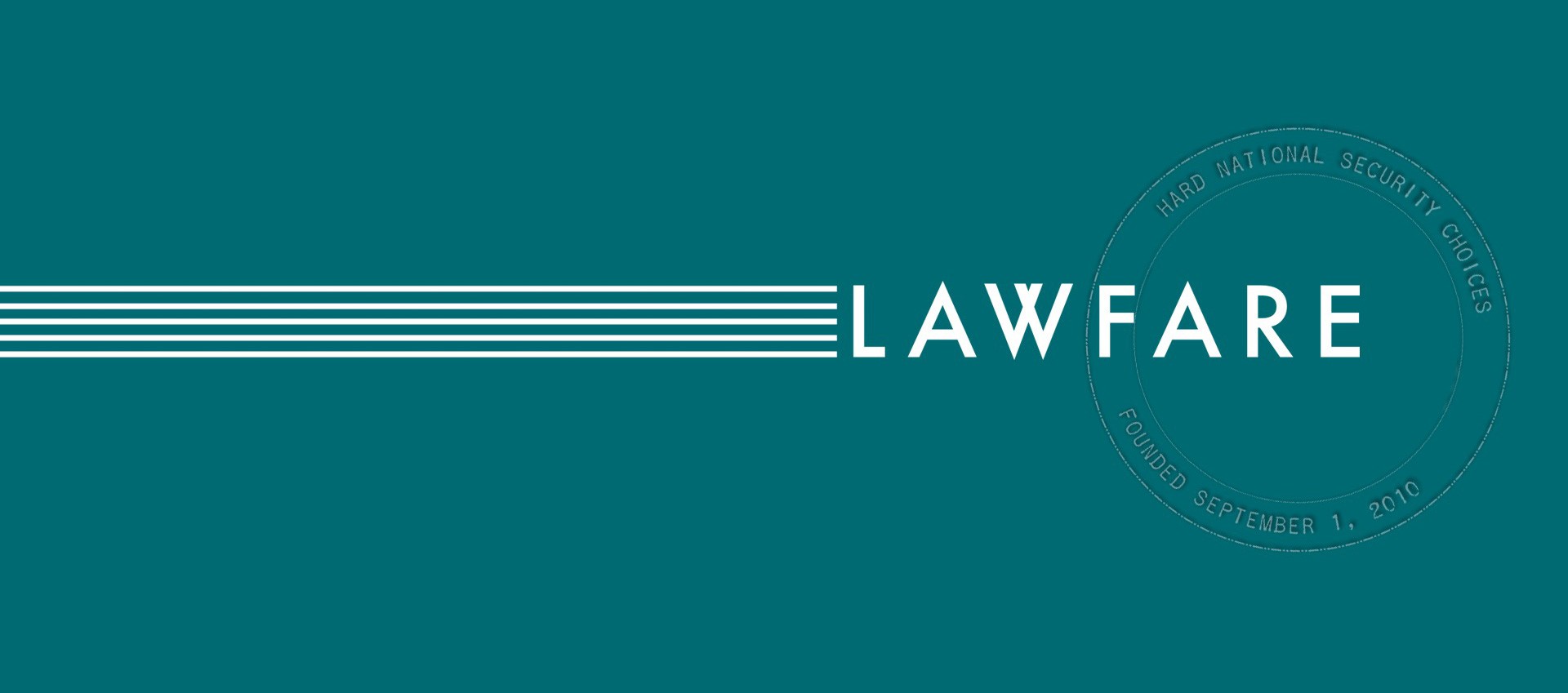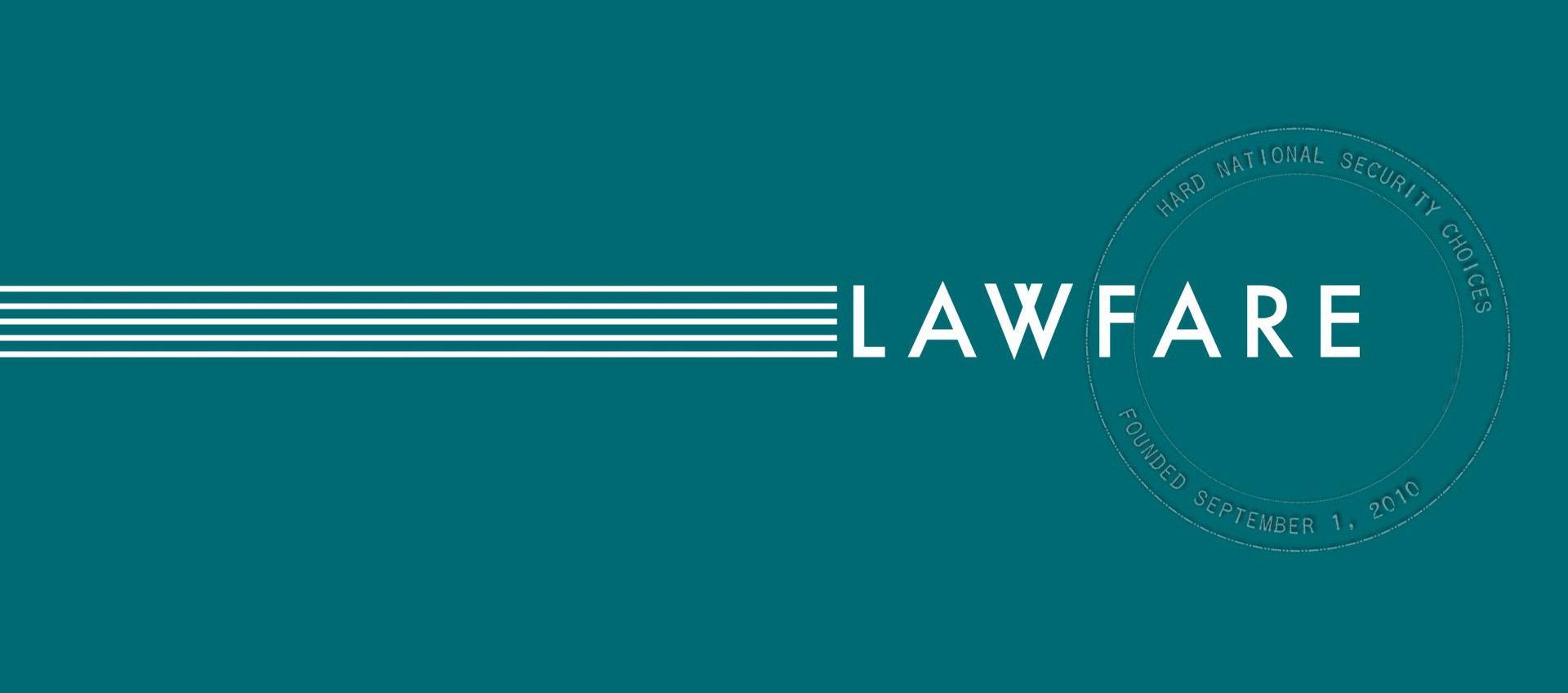The History of Do-It-Yourself Weapons and Explosives Manuals in America
Ann Larabee's 2015 book, The Wrong Hands: Popular Weapons Manuals and Their Historic Challenges to a Democratic Society (Oxford UP 2015), is a history of what Larabee terms "popular weapons manuals" - though the book is more centrally the history of do-it-yourself explosives manuals - when "dissenters move beyond firearm possession into the realm of high explosives." The book documents the history and evolu
Published by The Lawfare Institute
in Cooperation With

Ann Larabee's 2015 book, The Wrong Hands: Popular Weapons Manuals and Their Historic Challenges to a Democratic Society (Oxford UP 2015), is a history of what Larabee terms "popular weapons manuals" - though the book is more centrally the history of do-it-yourself explosives manuals - when "dissenters move beyond firearm possession into the realm of high explosives." The book documents the history and evolution of the writing and publication of, as well as attempts by the state to suppress, manuals by and for American political radicals on the topic of making and using explosives in acts of political violence. It starts with the Haymarket Square bombing in 1886, in which subsequent trial the judge allowed into evidence The Science of Revolutionary Warfare, alleged to have served as an instruction manual for the bombers.
The most famous of these manuals, however, came much later - The Anarchist Cookbook (1971). It had an important instructional role in 60s and 70s American domestic terrorism and radical political violence, by the Weather Underground and other groups of that era. The book continues beyond the 70s, however, to include a discussion of how dissemination of such information has changed with the Internet. It talks about online jihadist libraries and articles giving instructions for making and using bombs and homemade explosives (the infamous pressure cooker bombs of the Boston Marathon attack being the best known recent domestic American use of such recipes). It finally winds up with a chapter on published or online instructions for making weapons of mass destruction. The core of The Wrong Hands is not so much about the existence of these weapons and explosives manuals or their actual historical use by various American radicals from the 19th century until today, however. It is, instead, much more about the heated arguments over the publication, distribution, or possession of these manuals - a conflict of First Amendment/free expression principles and domestic security and law enforcement concerns.
It's a debate that resonates today, for many obvious reasons, and one of the important pieces of that debate today is the transition that took place in America in the late 60s and 70s - a shift from a more innocent era to one in which the use of these manuals for domestic terrorism, violent and lethal, became an explicit part of national arguments over the proper balance between free expression and American domestic security. Since 9/11, we have transited still further away from that more innocent time in post-war America. With the rise of domestic jihadist terrorists inspired and potentially instructed, or finding practical how-to instructions, on the Internet, it's possible that our perception of "speech" that presents unacceptable risks is in transition yet again. The Wrong Hands ought to be of interest to many Lawfare readers.




